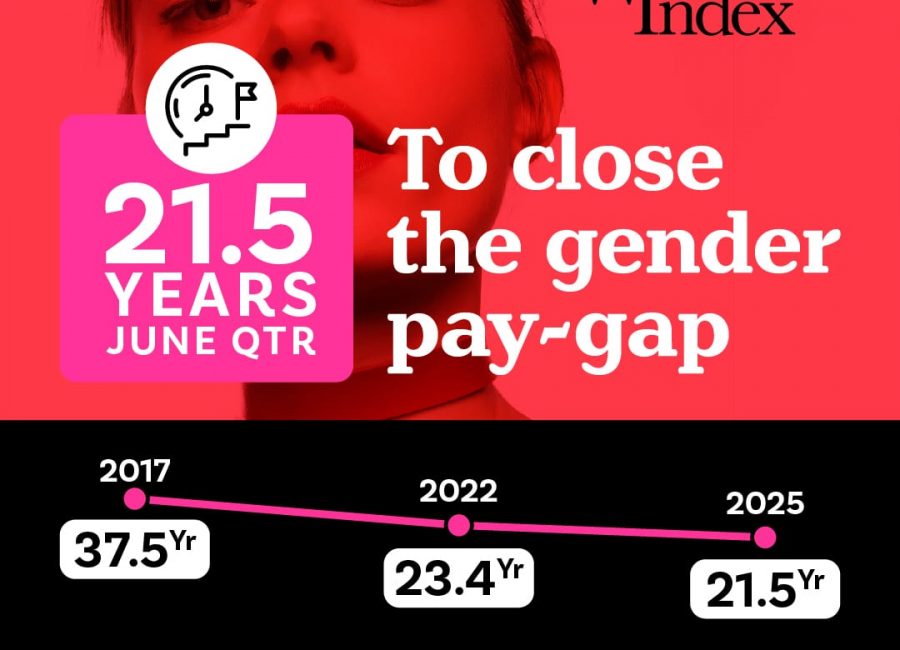Buying property is a big thing in Australia, and using DIY super funds as a vehicle to do just that, is becoming increasingly popular, but there’s a lot to know before taking the plunge.
Borrowing costs can be higher
Due to tightening of lending requirements in Australia, borrowing through a do-it-yourself super fund is more expensive because you’ll be charged a higher interest rate.
This is generally the headline variable rates the bank is offering, before all the snazzy discounts are applied to make it more competitive.
The theory is it’s better to slap the DIY fund or self-managed superannuation fund (SMSF) with this higher rate, than the first home buyers – which is probably pretty fair!
You can’t use the entire value of your fund
The bank will generally want a minimum of 10 per cent of your fund to stay in cash, to ensure you’ve got the elbow room required to meet your future mortgage repayments.
When working out what you can afford to spend on property, you’ll need to factor this in, and remember you’ll also be paying stamp duties on the property.
You can’t borrow as much
Within your SMSF, you need to have a loan-to-value (LVR) ratio of 70 per cent as a maximum.
This is very different to outside of super where you can borrow up to 90 per cent just by forking out for Lenders Mortgage Insurance (LMI) to cover the bank in the case of you defaulting.
LMI is not the issue here, it’s the banks being conservative.
Get it under 70 per cent, or don’t get the financing. This can be a great element, because it means you’re going to be borrowing less.
Your loan needs to be principal and interest
Your financing must be set up as principal and interest loan, meaning that over the term of the loan, your balance will be working its way down to zero.
This means your repayments will likely be higher than if you bought the property outside of super, but after the loan term is finished, you’ll have an unencumbered property – all asset, no debt.
Your loan term is just 15 years
Within super, you can have a maximum loan term of 15 years, compared with traditional mortgages of between 25 and 30 years.
Again, this will make your repayments higher than if you chose a longer term outside of super, but it means you’ll be done and dusted a lot faster! You’ll also likely pay a lot less interest over the life of the loan.
The terminology is different
We’ve referred above to a “loan” for simplicity, or a “mortgage”, but in reality the way you borrow money within your SMSF is through a Limited Recourse Borrowing Arrangement (LRBA) – what a mouthful!
Chat to your adviser or accountant to understand more about what this really means for you, and how it is established.
There are also some restrictions on the property itself you also need to be mindful of.
We highly recommend engaging a property lawyer to be speaking with your SMSF adviser and accountant about whether the property you’re looking at legally meets the criteria.












